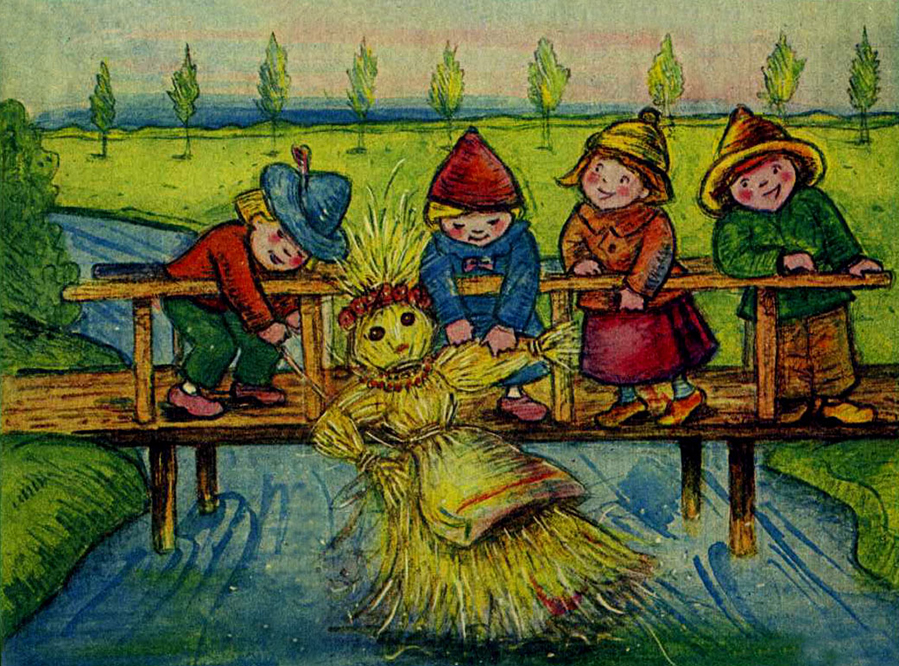Although many celebrations are believed to be derived from Christianity, certain Slavic cultures such as those in Czechia, Poland, Slovakia and Ukraine still practice festivals that predate the world’s most followed religion.
One of these is the sinister-sounding Drowning of Marzanna, and the other is the jolly Smigus Dyngus, known simply as Dyngus Day.
Both occur at the arrival of spring, which is an important transitional event in temperate climates like those found in northern Europe.
Bay Area residents may not have experienced the majestic transition of winter to spring, since the climate here is too warm to allow for large variations in temperature.
Marzanna is the name of a Slavic pagan goddess associated with the cycle of death and rebirth, which embodies the eruption of life and melting of the frigid ice. Festivalgoers build an effigy of Marzanna, carrying her to a nearby river to burn and drown her.
After dropping the burnt effigy into a river, festivalgoers follow the tradition of not looking back into the water, symbolizing their readiness to embrace the warmth of spring and escape from winter’s cold grasp.
Dyngus Day is a humorous celebration where boys and girls lightly whack one another with a freshly-cut length of pussy willow, a tree so named because the flower buds that surface in spring look like tiny cats.
Later, boys pour water onto girls who could save themselves from the drenching by providing painted eggs, which embody the vigor and vitality of the season.







